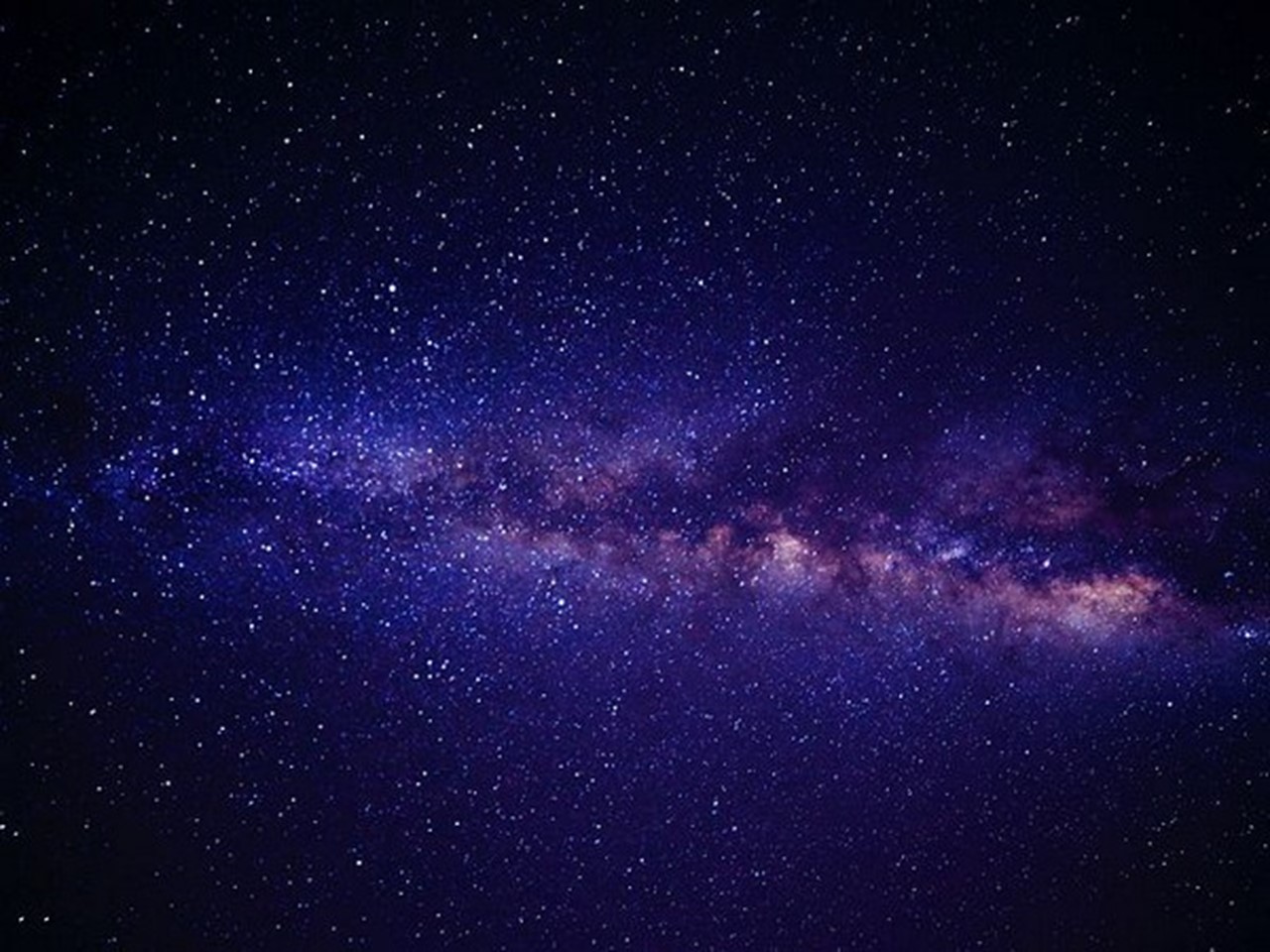Skywatchers! Get ready to be enchanted by the cosmic wonders that January 2024 has in store – from meteor showers to planetary pairings and much more.
The year kicks off with the Quadrantid meteor shower, which is set to reach its peak overnight and into the morning of the 4th. The third-quarter moon will wash out fainter meteors, but the shower often produces bright fireball meteors. At peak, you may see 20-25 meteors per hour, according to NASA.
On January 8th, early risers will be able to see a breathtaking celestial dance in the southeastern sky. Venus, the bright morning star, will rise alongside a slim crescent moon, with the bright star Arcturus hanging high above. And, if you live in certain parts of the Western U.S., an extraordinary event awaits as the Moon occults, or passes in front of, the fiery red heart of Scorpius, Antares, during their joint ascent.
On January 13th and 14th, Saturn and the Moon will be visible in the southwest for a couple of hours following sunset. Then the Moon pairs up with Jupiter in the southwest, in the evening on the 17th and 18th.
The first quarter moon makes for great sky-viewing opportunities – exploring the Moon, then Jupiter and its moons, the Pleiades, the Hyades, and the Orion Nebula.
Have you noticed stars shifting in the sky over the course of the year?
As we know, stars and constellations make their way across the sky due to Earth’s orbit around the Sun. According to NASA, this slow-motion celestial dance results in a gradual shift in our nighttime view of the sky, with the stars of summer giving way to those of winter. The phenomenon is driven by the fact that stars rise approximately 4 minutes earlier each day, accumulating to a significant difference over time.
“In just 1 week, a given star will rise 28 minutes earlier than it does tonight. And in 1 month, the same star will be rising about 2 hours earlier. So at 4 minutes per day, or 2 hours per month, after 6 months, the stars of summer are rising a full 12 hours earlier than they did back in June, placing them high in the daytime sky. But in their place, the evening sky belongs to the stars of winter,” NASA explained in a post.

Shambhu Kumar is a science communicator, making complex scientific topics accessible to all. His articles explore breakthroughs in various scientific disciplines, from space exploration to cutting-edge research.


